- Usage: Peanut Oil
- Type: Cold & Hot Pressing Machine
- Automatic Grade: Automatic
- Voltage: 110V-220V
- Dimension(L*W*H): 666*296*725mm
- Weight: 60 KG
- Warranty: 2 years
- Key Selling Points: High Productivity
- Marketing Type: 2021
- Machinery Test Report: Provided
- Video outgoing-inspection: Provided
- Warranty of core components: 2 years
- Core Components: Motor, Gear, Gearbox, Other
- Oil type: Flax Seed Oil, Soybean Oil, Rap seed oil, Tea Seed Oil, Basil oil, SESAME OIL, Pinenut oil, sunflower seed oil, Almond Oil, walnut oil, Peanut Oil, Coconut Oil, OLIVE OIL, Palm Oil
- Material:: stainless steel
- Power / Wattage: 3000W
- Speed: 60 RPM
- Maximum oil quantity at once: 1501 ml and more
- Size: 666 x 296x 725cm
- origin: guangdong
- Product name: commercial oil press
- Function: make oil
- Keyword: oil press
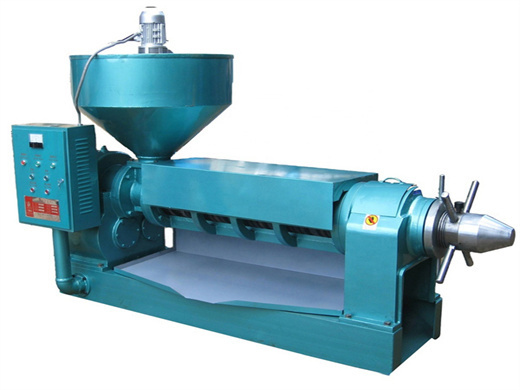
Aqueous enzymatic extraction of peanut oil body and protein and evaluation of its physicochemical and functional properties – De Gruyter
Aqueous enzymatic extraction (AEE) is a new technology for extracting vegetable oil body which has the advantages of low energy consumption, product safety, mild reaction conditions, and simultaneous separation of oil and protein.
Get Price
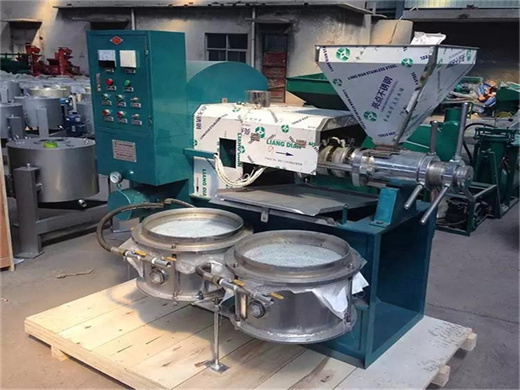
Peanut Oil Processing Technology
Production Line Process. 1. Cold-Pressed Peanut Oil. First, the sheller is used to shell the peanuts, and then the peanut kernels are transported to be dried in the low-temperature drying oven after being subjected to precleaning, cleaning by the gravity/magnetic separation destoner, and grading.
Get Price
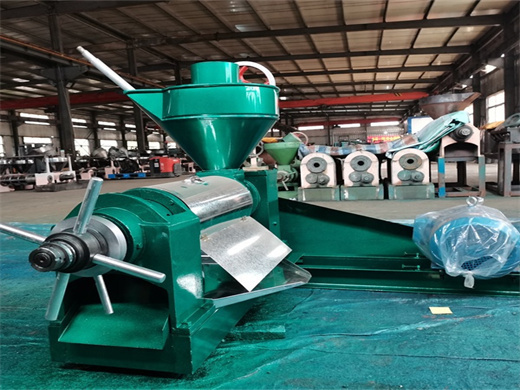
Bioactive Phytochemicals from Peanut Oil Processing By-products
First Online: 22 March 2023 237 Accesses Part of the Reference Series in Phytochemistry book series (RSP) Abstract Peanut ( Arachis hypogaea L.) kernel contains high oil content (45–55%). Soxhlet extraction, hydraulic pressing, screw pressing, and cold and hot pressing are the common techniques employed to recover peanut kernel oil.
Get Price
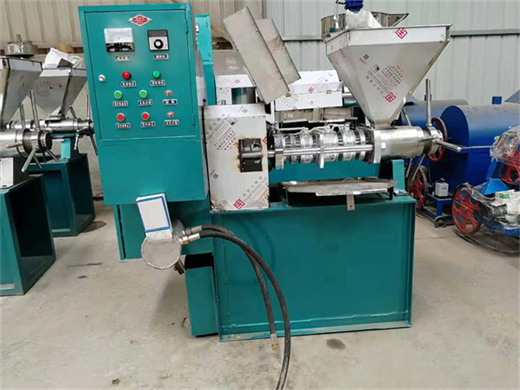
Aqueous extraction processing: An innovative and sustainable approach for recovery of unconventional oils
Generic biorefinery design for industrial oil production by aqueous oil extraction based on physical demulsification methods. For instance, to enhance the oil separation and overcome the operational limitation of coalescer beds and microfiltration membranes (when applied separately), Motta et al. (2014) integrated both processes for higher oil removal from wastewater.
Get Price
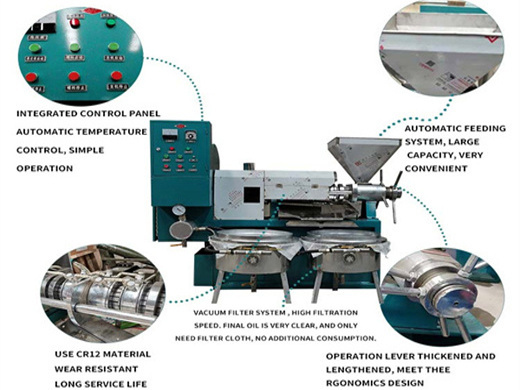
Extraction Technology Can Impose Influences on Peanut Oil Functional Quality: A Study to Investigate the Lipid Metabolism by Sprague–Dawley Rat …
In this study, peanut oil was prepared by cold pressing (temperature under 60 C), hot pressing (temperature above 105 C), and enzyme-assisted aqueous extraction technology. Influences of an extraction technology on the oil fatty acid composition and the content of minor bioactive compounds, including tocopherols, polyphenols, and squalene, were investigated in detail.
Get Price
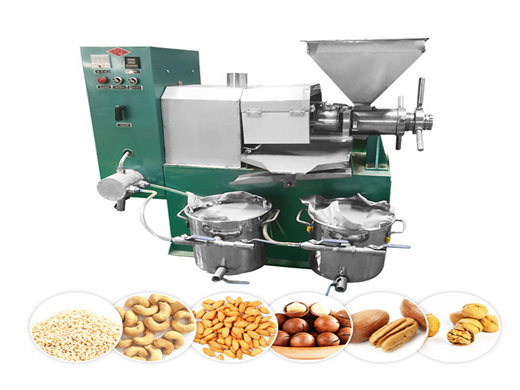
Peanut proteins: Extraction, modifications, and applications: A comprehensive review
Native and modified peanut proteins can be used for a variety of purposes in foods. peanut proteins have garnered significant attention from the food industry, owing to their numerous advantages, such as easy extraction, non-pungency, and high bioavailability. Furthermore, peanut proteins are highly digestible in the gastrointestinal tract
Get Price

Study on Extraction of Peanut Protein and Oil Bodies by Aqueous Enzymatic Extraction and Characterization of Protein
Viscozyme® L was selected to assist peanut protein and oil bodies extraction by the aqueous … Design of Design Expert 8.05b is shown in T able 3. e results of the variance analysis on the yield …
Get Price
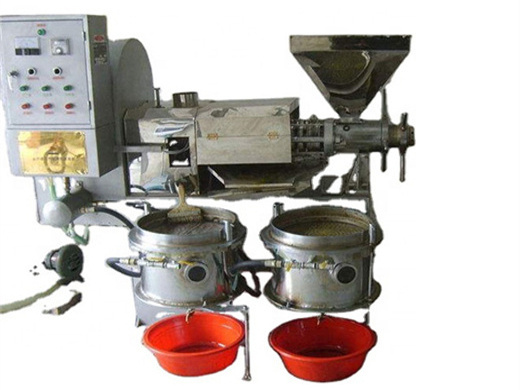
Potential use of peanut by-products in food processing
Most peanuts grown in the world are used for oil production, peanut butter, confections, roasted peanuts and snack products, extenders in meat product formulations, soups and desserts (Rustom et al. 1996). The substantial amounts of by-products are generated in the process of peanut harvest and peanut oil extraction, which are potential pollutants.
Get Price
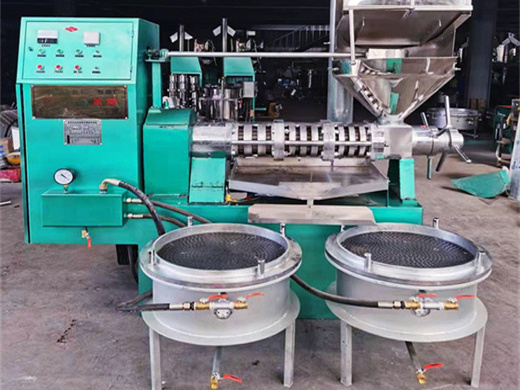
Functional Proteins from Biovalorization of Peanut Meal: Advances in Process Technology and Applications | Request PDF
Controlled hydrolysis (degree of hydrolysis between 1 and 10%) using neutral and alkaline proteases can extract proteins and improve peanut proteins’ functional properties, including…
Get Price









